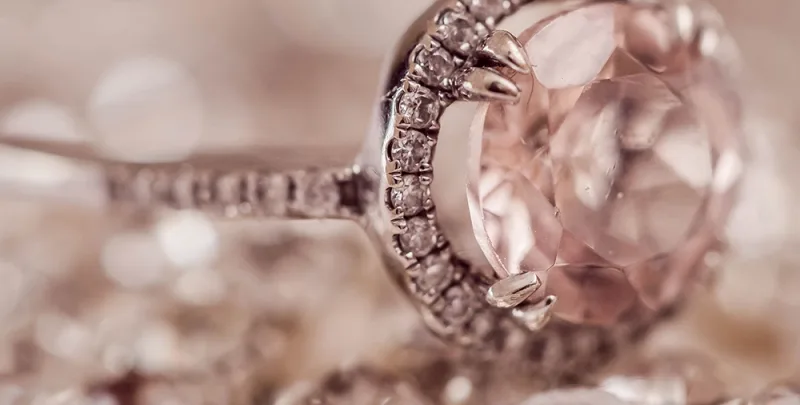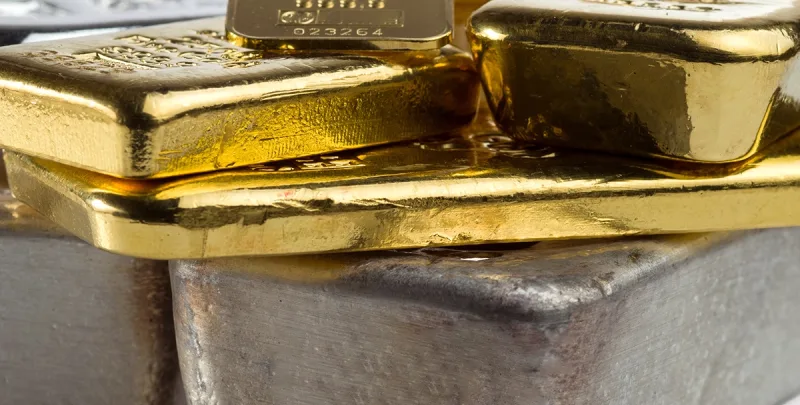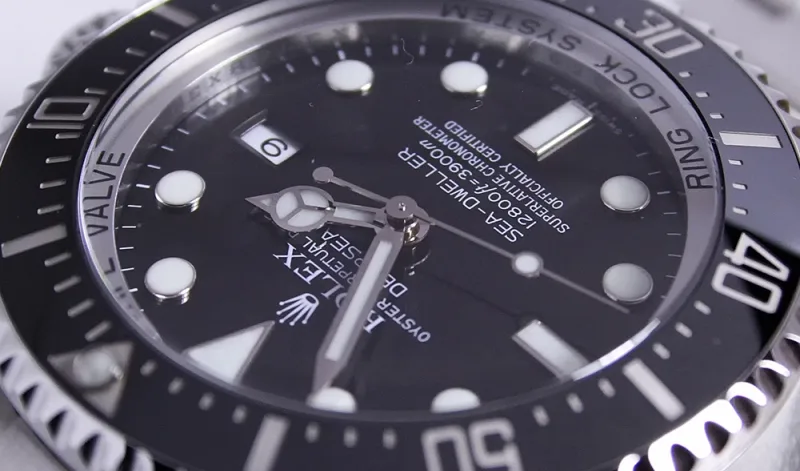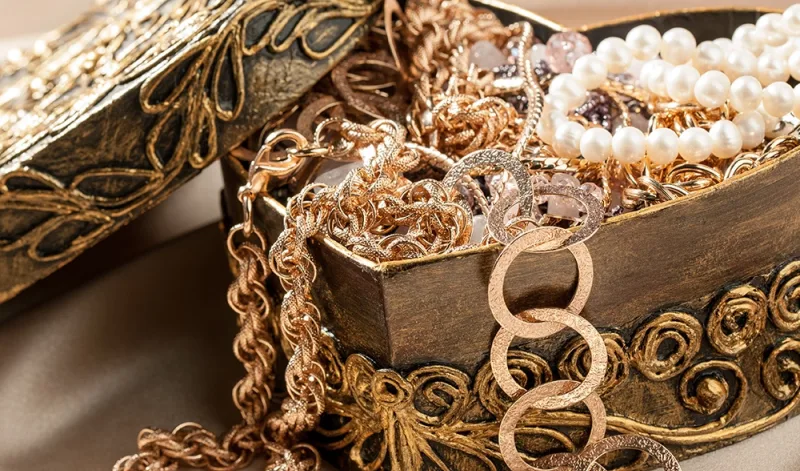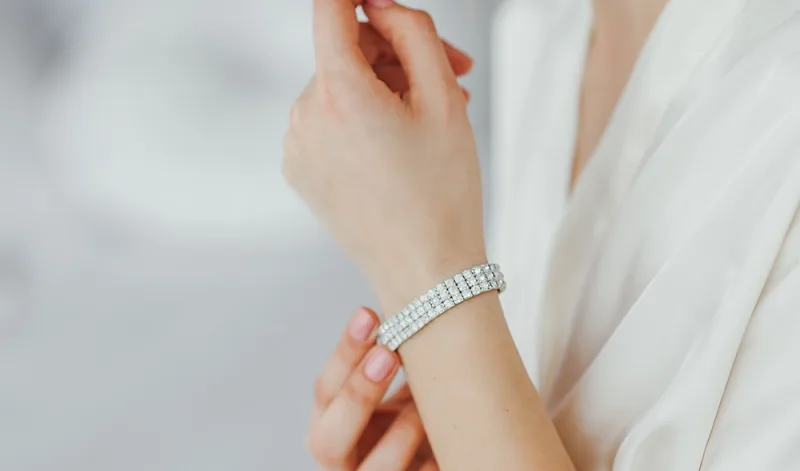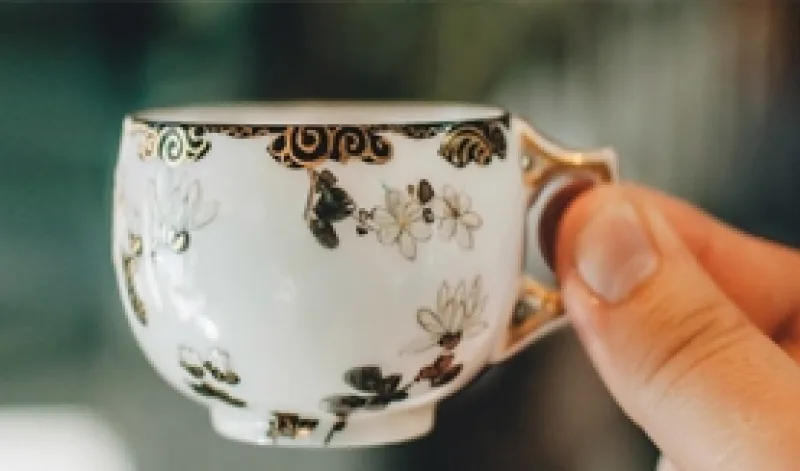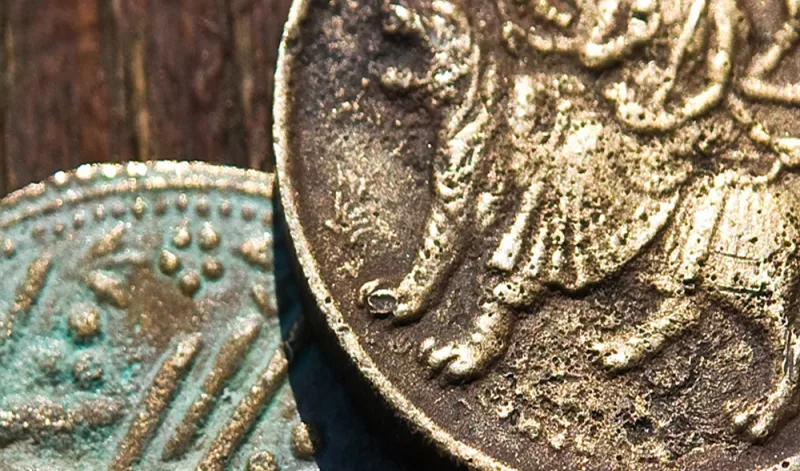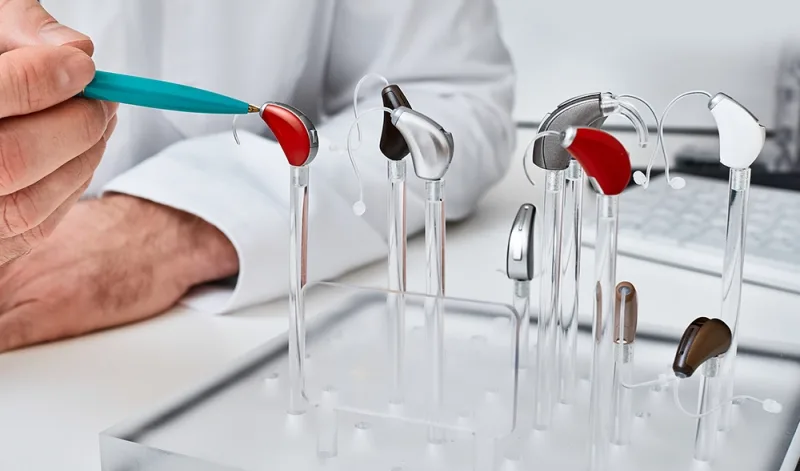Assetsure Guide to Hallmarks & Hallmarking
We’ve all heard of the terms hallmark or hallmarked in relation to gold, silver & platinum jewellery and in the main we take the term as a recognised sign of quality, the hallmark is there to provide us with confidence that an item is of a certain standard and that its “worth” the amount of money we are prepared to pay for it. For this reason, it’s important for us to have a basic understanding of hallmarking and how we can use this knowledge to protect us when we are buying items manufactured from precious metals, particularly if an item is second-hand.
In this first part of our guide, we will advise the basic symbols that must be present in a hallmark to help prove it really is a genuine hallmark and that the item has reached a certain standard of fineness.
We live in a world where the price of precious metals has risen astronomically and this has created, if you pardon the expression a “golden opportunity” for counterfeiters to flood the market with items of substandard quality. This isn’t just a modern-day problem though; hallmarks in a form have been in existence since the 14th century when King Edward 1, first introduced a law stating that all articles of silver must meet the sterling silver standard being 92.5% pure and must be assayed (Assay offices are institutions set up to assay (test) the purity of precious metals, in order to protect consumers.)The Worshipful Company of Goldsmiths was set up in London in 1327 to perform this function and to this day they remain one of only four assay offices still in operation in the United Kingdom.
The Law
In the UK it is illegal to sell or describe any item as gold, silver or platinum, unless it is hallmarked and weighs more than 1 g if gold, 7.78g if silver or 0.5g if platinum. The hallmark guarantees the precious metal content of the item. The UK is one of only a small number of countries in the world who have a rigorous hallmarking system to protect consumers.
The purity of metal
Metals used in the production of jewellery are not fashioned in their purest form. The base metal: gold, silver or platinum is mixed with other metals to create an alloy (a mixture of metals) This is done for a number of reasons, in the case of gold for example, pure or 24ct gold is too soft to be used in jewellery and will not be as durable as 18ct gold which is a mixture of 75% pure gold and other metals. Copper is traditionally used to alloy with gold and the manufacturer will vary the amount of “other metals “in the alloy depending on the colour of the ring he wants to achieve. In essence copper, will give a ring with a more red hue “Rose Gold” and silver will colour it white “White gold”
The Compulsory Marks
Unless you have particularly good eyesight you will need a magnifying glass to study them but the hallmarks on an item such as a gold ring, will give you important information as to its provenance. When viewing an item you will notice a series of indentations in the metal. By law there must be a minimum of three markings and they have to be applied by an independent assay office (not the manufacturer) Remember, if you can’t see these minimum three markings, then the item is not genuinely hallmarked. If the item was manufactured prior to 1973, then the marks may be different but still recognisable, if you are in any doubt talk to a jeweller who should be able to decipher any markings for you.
The three compulsory marks are as follows
- The makers mark- This mark indicates who manufactured, sponsored or proposed the item to be marked. In the United Kingdom the mark must consist of at least two letters contained within a shield. No two makers marks are the same, a jeweller will be able to identity a Carat makers mark.
- Metal purity- This mark consist of a shape ( to denote the metal used) and a number ( to denote the fineness of the metal)
- Assay office mark – This mark indicates the particular Assay office where the article was tested and marked. In the United Kingdom, there are four remaining Assay offices: London, Birmingham, Sheffield & Edinburgh. Each has their own symbol as described below.
Makers mark.
The maker’s mark of an item indicates the company or the individual who “sponsored” the item for hallmarking at one of the four assay offices. The individual or company could have manufactured the item themselves, have imported it or simply be a retailer who wishes to have their own mark placed on the item.
Metal Purity.
The type of metal used in an item is indicated by a shape. Gold is rectangular or lozenge-shaped, silver is an oval and platinum is a house. Within the shape are stamped numbers indicating the purity of the metal.
Gold Hallmarks
Different parts of the world refine gold to different standards and the above marks reflect an item of gold that may have been manufactured anywhere in the world but was assayed in the United Kingdom. Gold must be a minimum of 99% pure to be designated as 24 carat. In the United Kingdom 9 and 18 carat are the standards.
Since 1972 the United Kingdom has been a signatory to the International Convention on Hallmarks. This means the United Kingdom can stamp a “convention” hallmark that will be recognised by all other member countries. Hallmarks made by member countries are legal in the United Kingdom.
There are separate marks for Silver and platinum, two of the most common silver purities are .925, known as Sterling Silver and.958 known as Britannia Silver.
On Hallmarked items you will also see The Assay office mark. In the United Kingdom there are four remaining Assay offices. Each has it’s own mark which is stamped on an item. The offices and marks are as follows
If you are interested in obtaining an insurance quotation in respect of your jewellery, please contact our office, where we will be pleased to assist you

